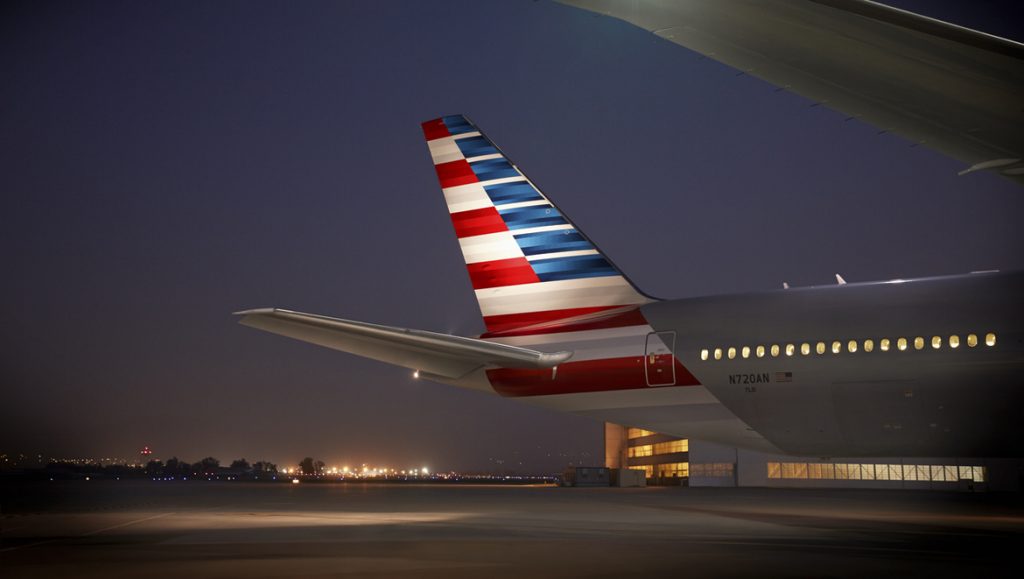 Analysts from Morgan Stanley have predicted that US passenger air travel demand will return to pre-COVID levels by late 2021 to early 2022, years ahead of the International Air Transport Association’s prediction.
Analysts from Morgan Stanley have predicted that US passenger air travel demand will return to pre-COVID levels by late 2021 to early 2022, years ahead of the International Air Transport Association’s prediction.
Despite the fact that the IATA has predicted that air travel demand will continue to be subdued below 2019 levels until early 2024, Morgan Stanley has released its own prediction, suggesting a recovery could be seen years earlier, and as soon as late next year.
Ravi Shanker, Wall Street analyst for Morgan Stanley, noted that steadily improving passenger figures and a global GDP bounce-back could result in a far quicker recovery than others predict.
Shanker said that the COVID-19 pandemic has had an “unprecedented” impact on airlines around the world, and that while the IATA has made its own predictions, no one has a “crystal ball” to know when the industry will recover.
The analyst made note of recent TSA data that shows passenger traffic has improved, from being down almost 100 per cent year-on-year to now around 75 per cent.
He also emphasised that global GDP should return to pre-COVID levels as soon as the fourth quarter of 2020, with a full recovery in the US expected by the end of 2021.
The fact that this rate of recovery is significantly faster than previous recessions and economic downturns suggests that air traffic demand should similarly rebound at an accelerated rate, Shanker said.
The firm also anticipates that revenue passenger miles should return to pre-pandemic levels on a run-rate basis by early 2022 at the latest.
Carriers in high domestic leisure markets, with medium haul flights, strong customer loyalty and/or competitive fare rates will “see demand come back first”, according to the analyst.
Further, according to Morgan Stanley, US airlines have their cash burn “relatively under control”, thanks to private market fundraising and government aid.
“We believe the worst of imminent liquidity risk is past us but we still prefer companies with the most balance sheet ‘firepower’ and least restrictions from government financial assistance,” Shanker said.
Meanwhile, jet fuel prices are likely to remain “relatively low and steady” over the next one to two years, he said, which will help keep running costs down for airlines.










